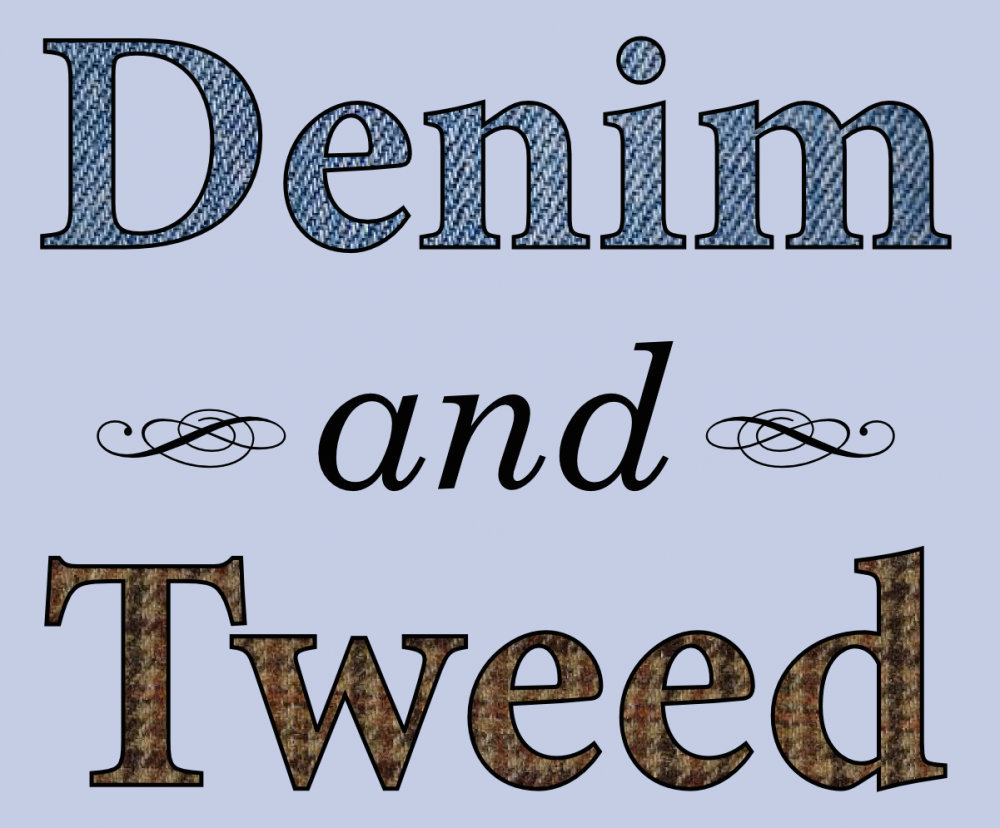I mean, once you’ve mashed-up Star Trek and Monty Python, what is there left to do? Nothing. There is nothing left to do.
(Via Mr. Gunn.)

I mean, once you’ve mashed-up Star Trek and Monty Python, what is there left to do? Nothing. There is nothing left to do.
(Via Mr. Gunn.)
Submitted as further evidence in support the point I have previously made regarding the general gay-friendliness of academic biology.
I agree with PZ: this looks pretty good. Or else like two hours of dry speechifying punctuated by riot scenes staged by too few extras. I put the odds of “good” at about two in three.
Courtesy the comment thread for the AV Club’s recap of the last episode of “Glee,” which episode hit at least three of my fanboy sweet spots.*
———-
*Joss Whedon, Neil Patrick Harris, and Les Misérables, in that order.
In the spirit of Kh(ax)n:
I was inspired by that highlight reel from The Wire that’s been going around the internet. (Caution: here be multiple and baroque uses of the f- and n-words, brief violence, and deep cynicism.)
And now, back to work.
![]() With permission from my doctoral advisor, Olle Pellmyr, I’ve just uploaded a unique video to Vimeo: a yucca moth laying eggs in, then pollinating, a yucca flower. I don’t know why I didn’t think of this earlier — it’s great footage, and deserves to be seen more widely.
With permission from my doctoral advisor, Olle Pellmyr, I’ve just uploaded a unique video to Vimeo: a yucca moth laying eggs in, then pollinating, a yucca flower. I don’t know why I didn’t think of this earlier — it’s great footage, and deserves to be seen more widely.
A female yucca moth mates, then collects pollen from a yucca flower in specialized mouthparts. She carries it to another flower where, as shown in the video, she drills into the floral pistil with her ovipositor and lays eggs inside, then climbs to the tip of the pistil and applies pollen to fertilize the flower. When the flower develops into a fruit, the eggs hatch and the caterpillars eat some of the seeds inside.
Yuccas and yucca moths are completely dependent on each other [PDF] — nothing else pollinates yuccas, and the moths have no other source of food (they don’t eat as adults). Recently, the Pellmyr lab has shown that this interaction may be leading to speciation in one yucca species, the Joshua tree — Joshua trees pollinated by two different species of yucca moths have differently-shaped flowers [PDF], but these two tree types may not be totally genetically isolated [PDF]. I’ve written about this work before — for more information about the interaction, check out Olle’s publication page.
References
Godsoe, W., Yoder, J., Smith, C., & Pellmyr, O. (2008). Coevolution and Divergence in the Joshua Tree/Yucca Moth Mutualism. The American Naturalist, 171 (6), 816-23 DOI: 10.1086/587757
Pellmyr, O. (2003). Yuccas, yucca moths, and coevolution: A review. Annals of the Missouri Botanical Garden, 90 (1) DOI: 10.2307/3298524
Smith, C., Godsoe, W., Tank, S., Yoder, J., & Pellmyr, O. (2008). Distinguishing coevolution from covicariance in an obligate pollination mutualism: Asynchronous divergence in Joshua tree and its pollinators. Evolution, 62 (10), 2676-87 DOI: 10.1111/j.1558-5646.2008.00500.x
Via Migrations.
Via Unreasonable faith, from Life in the Undergrowth, which I may have to rent.